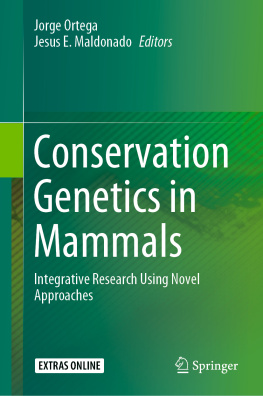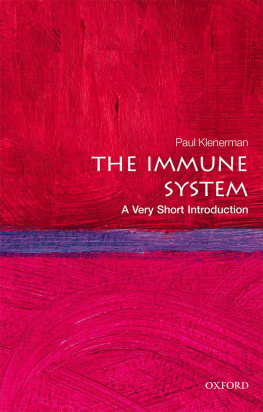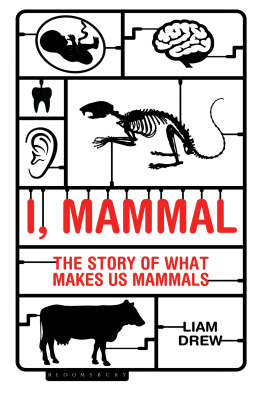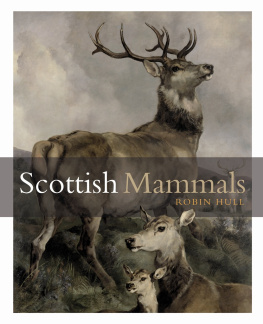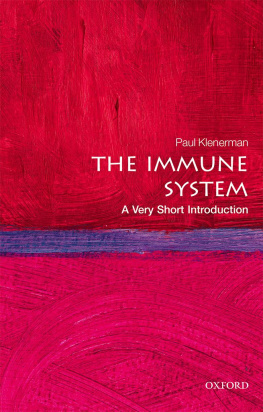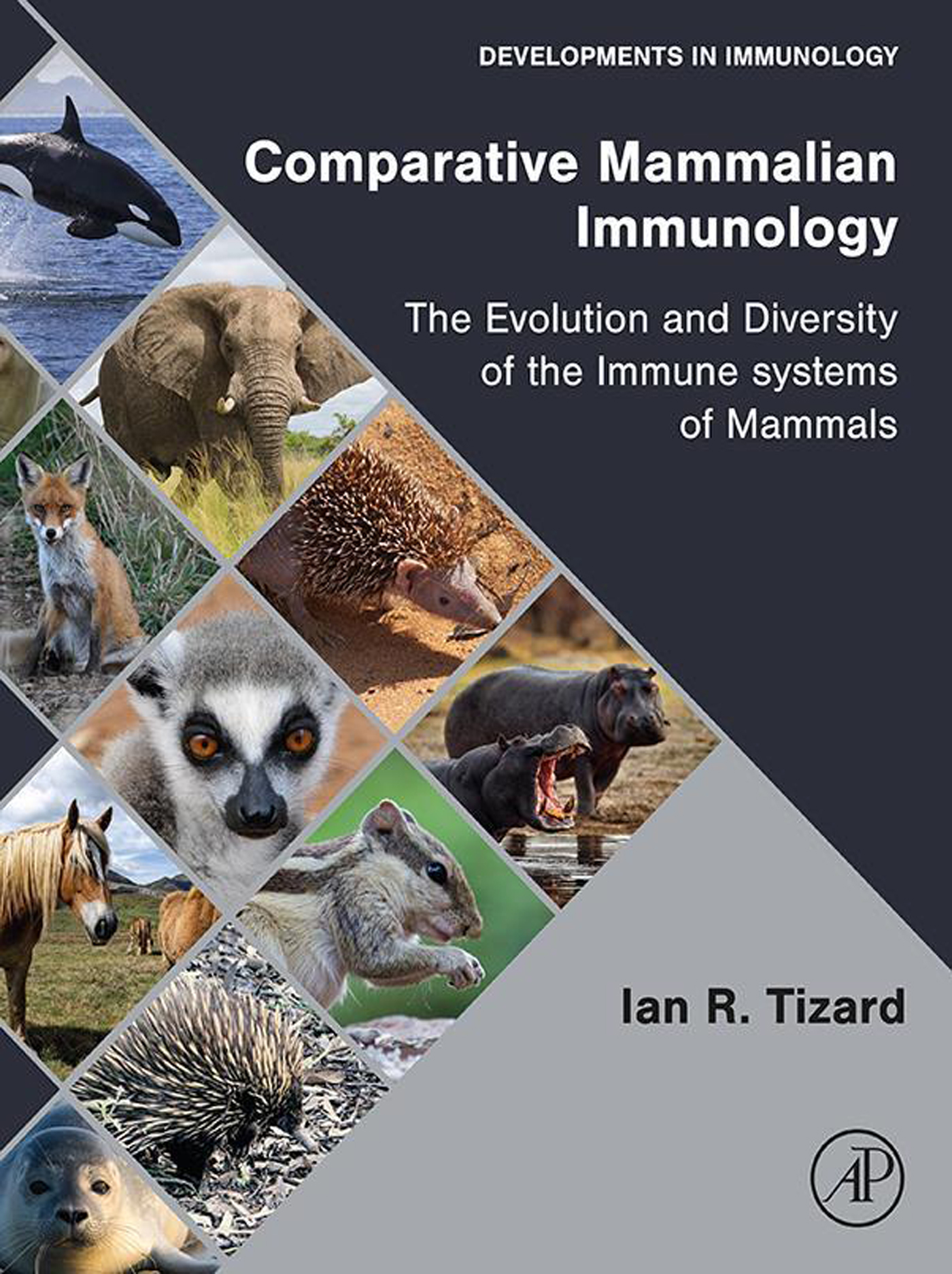Table of Contents
List of tables
- Tables in Chapter 6
- Tables in Chapter 8
- Tables in Chapter 9
- Tables in Chapter 12
- Tables in Chapter 13
- Tables in Chapter 14
- Tables in Chapter 17
- Tables in Chapter 19
- Tables in Chapter 21
- Tables in Chapter 25
- Tables in Chapter 26
List of illustrations
- Figures in Chapter 1
- Figures in Chapter 2
- Figures in Chapter 3
- Figures in Chapter 4
- Figures in Chapter 5
- Figures in Chapter 6
- Figures in Chapter 7
- Figures in Chapter 8
- Figures in Chapter 9
- Figures in Chapter 10
- Figures in Chapter 11
- Figures in Chapter 12
- Figures in Chapter 13
- Figures in Chapter 14
- Figures in Chapter 15
- Figures in Chapter 16
- Figures in Chapter 17
- Figures in Chapter 18
- Figures in Chapter 19
- Figures in Chapter 20
- Figures in Chapter 21
- Figures in Chapter 22
- Figures in Chapter 23
- Figures in Chapter 24
- Figures in Chapter 25
- Figures in Chapter 26
Landmarks
Table of Contents
Comparative Mammalian Immunology
The Evolution and Diversity of the Immune systems of Mammals
Ian R. Tizard, BVMS, BSc, PhD, ScD (Hons), ACVM (Hons)
Department of Veterinary Pathobiology, Texas A&M University, TX, United States

Copyright
Academic Press is an imprint of Elsevier
125 London Wall, London EC2Y 5AS, United Kingdom
525 B Street, Suite 1650, San Diego, CA 92101, United States
50 Hampshire Street, 5th Floor, Cambridge, MA 02139, United States
The Boulevard, Langford Lane, Kidlington, Oxford OX5 1GB, United Kingdom
Copyright 2023 Elsevier Inc. All rights reserved.
No part of this publication may be reproduced or transmitted in any form or by any means, electronic or mechanical, including photocopying, recording, or any information storage and retrieval system, without permission in writing from the publisher. Details on how to seek permission, further information about the Publishers permissions policies and our arrangements with organizations such as the Copyright Clearance Center and the Copyright Licensing Agency, can be found at our website: www.elsevier.com/permissions.
This book and the individual contributions contained in it are protected under copyright by the Publisher (other than as may be noted herein).
Notices
Knowledge and best practice in this field are constantly changing. As new research and experience broaden our understanding, changes in research methods, professional practices, or medical treatment may become necessary.
Practitioners and researchers must always rely on their own experience and knowledge in evaluating and using any information, methods, compounds, or experiments described herein. In using such information or methods they should be mindful of their own safety and the safety of others, including parties for whom they have a professional responsibility.
To the fullest extent of the law, neither the Publisher nor the authors, contributors, or editors, assume any liability for any injury and/or damage to persons or property as a matter of products liability, negligence or otherwise, or from any use or operation of any methods, products, instructions, or ideas contained in the material herein.
ISBN: 978-0-323-95219-4
For Information on all Academic Press publications visit our website at https://www.elsevier.com/books-and-journals
Publisher: Stacy Masucci
Acquisitions Editor: Wendi Baker
Editorial Project Manager: Matthew Mapes
Production Project Manager: Omer Mukthar
Cover Designer: Mark Rogers
Typeset by MPS Limited, Chennai, India

Dedication
To Claire
Preface
Ian R. Tizard
Over many years of teaching veterinary immunology, I often wondered about the seemingly random differences between the immune systems of domestic mammals. We have known about the immune peculiarities of individual domestic mammals for many years. Pigs have inverted lymph nodes. Cattle have unusual immunoglobulin variable regions. Sheep have 13 IgA subclasses. Horses have seven IgG subclasses. This has always seemed to be very untidy. One of my motivations for writing this text was to bring order to what seemed to be a chaotic situation. Thus, in looking at mammals as a whole, I had hoped to identify some phylogenetic pattern behind their immunologic diversity. That was not to be. The diversity of infectious and parasitic diseases as well as the enormous diversity of the mammals themselves has ensured that immune systems have to be diverse down to the species level. Likewise, the major antigen receptor systems, the major histocompatibility complex, and the antigen receptors on T and B cells have evolved as a result of an essentially random life and death process. The evolution of the mammalian immune systems has been empirical and opportunistic. They use whatever works.
Another feature that emerged during the writing of this book is its focus on receptors. On reflection this is unsurprising. Immune responses require extensive conversations between multiple cell types as well as foreign antigens. These conversations are of necessity, conducted through ligand-receptor binding. Receptors thus control the immune system by controlling cell interactions. The language of these interactions is determined by receptors and the genes that encode them. Phylogeny thus controls the language and hence the conversation.
What are its features?
This is a book about differences. We know that all mammals are warm-blooded. They suckle their young and have hair. Equally importantly, we recognize that mammals come in an enormous diversity of shapes and sizes. The same applies to their immune systems. Just as mammals diversified in response to environmental and other selective pressures, so too did their immune systems. While all conform to a similar basic pattern, its the differences that provide important information and interesting twists to the plot. Thus, this text summarizes the common mechanisms and pathways of the innate and adaptive immune systems. It also seeks to focus on the differences and peculiarities of each mammalian order and, if warranted, the unique features of each species.
One feature of modern immunology as reflected in the literature is its use of a single flagship species to represent an entire order. This focus is not confined to humans and laboratory rodents. Other orders have their favorite species as well. Thus the domestic dog is the clear leader in caniforms, the bottlenose dolphin in cetaceans, and the black flying fox (Pteropus alceto) among chiropterans. However, it must be remembered that while these species may be common and convenient to study, they may not, in fact, be typical of the other members of their orders.
Every living creature is obliged to invest in its defenses against microbial invasion. Every mammal that has existed over the past 300 million years lived and died in the presence of bacteria, viruses, and diverse parasites. On the other hand, microbes and mammals have also developed mutually beneficial commensal relationships. Microbes will take every opportunity to exploit animals for shelter and nutrition. Mammals are obliged to respond by investing in their defenses. Immune defense systems directed against micropredators are mandatory. Mammals have to defend not only against many different bacteria, viruses, and parasites but also against a diversity of threats of different frequencies and significance. From the skin and environmental bacteria that can infect cuts and scratches to the highly lethal pandemic agents that can eliminate whole populations. Immunity incurs costs and mammals must balance both the costs and benefits. This balance will, of necessity, be different for every species and be profoundly influenced by environmental, behavioral, and age issues.




